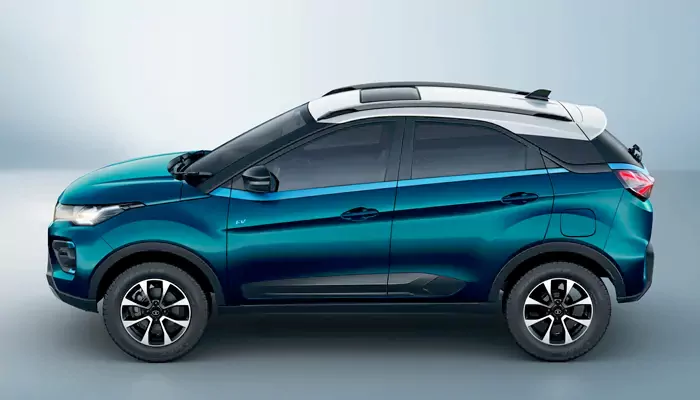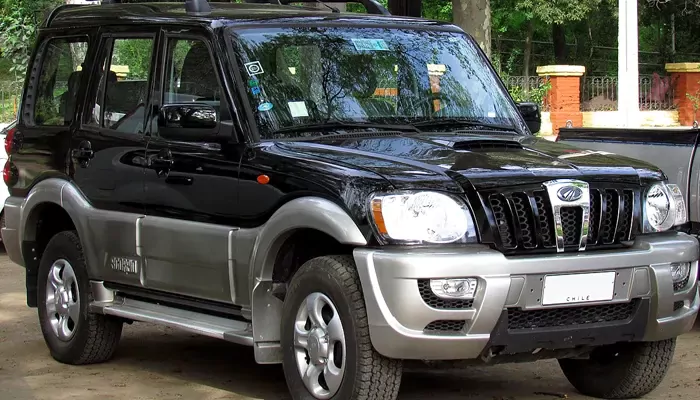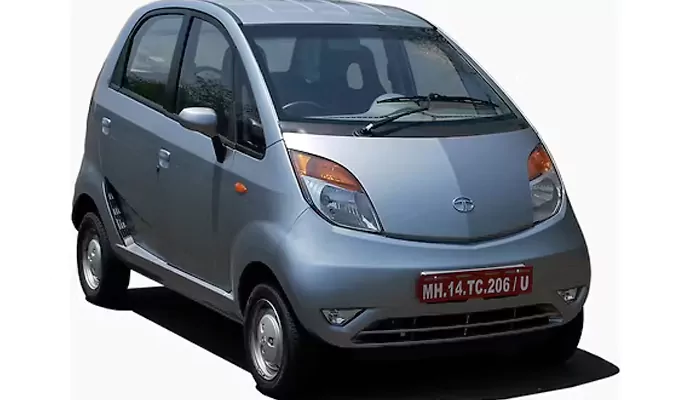
India kickstarted its automobile journey by making cars based on foreign models and a license from foreign makers.
India has come a long way in various sectors since gaining its independence in 1947, ranging from geopolitics and economics to sports and movies. However, our emphasis is on a sector that isn’t heavily associated with history: automobiles.
Whenever a country’s history and evolution are discussed, they usually revolve around freedom movements, film movements, food, or cuisine. However, the automobile sector is rarely discussed, but it is as important as the rest. After all, the evolution of a country’s automobile sector reflects the country’s industrial, mechanical, and even financial growth, which is directly linked to the purchasing power of the common masses.
In this article, we look at cars that were an important part of India’s history in the sector and helped the country’s mobility scene reach where it is today.
Starting an automobile sector was out of the question for a nation that had just received independence. Therefore, a foreign helping hand was required. To cater to the upper class, Hindustan Motors started the production of the Landmaster, a car based on the Morris Oxford Series III with an exclusive licence. Ten years after independence, the legendary icon finally hit the Indian streets. And as we know, the car became a status symbol among the wealthy and India’s primary vehicle for politicians, top leaders, and bureaucrats.
On the other hand, there was the CJ, or Civilian Jeeps, a rebadged version of the Willys Jeep assembled in India by Mahindra and Mohammad, which is now known as Mahindra & Mahindra. While the Ambassador wasn’t meant to be a showpiece for the elite in an elegant environment, the CJ gave Indians access to areas with no roads because back in the day, highways or motorways weren’t really a thing.

The upper class had its car, but the middle class needed empowerment in terms of personal mobility. The then-prime minister, Sanjay Gandhi, was a car enthusiast who identified this market gap and requirement. Thus, Maruti Udyog Limited, an Indian government company, partnered with Suzuki Motor Corporation. The joint venture resulted in the Maruti 800, India’s first family car for the middle class, priced at INR 47,000, much more economical than the Ambassador.
The gateway to luxury and SUVs, the Tata Sierra, was launched in 1991 after the nation’s economic liberalisation. With foreign investments coming into the nation and booming business, Tata Motors felt India was ready to experience luxury on the move. Unfortunately, the Sierra SUV did not do well in the Indian market, but it set the tone for what was next.
Cut to 2002, Mahindra ventured into the world of SUVs with the Scorpio. Sure, the first Scorpio had tonnes of issues, but the move allowed Mahindra to explore more of the SUV, moving away from its comfort zone to become one of the largest SUV players in the market.

2005 witnessed the arrival of the Maruti Suzuki Swift like a breath of fresh air. The car looked sporty and packed with performance that grabbed the attention of the young-gen car enthusiasts. Almost two decades later, Swift still plays a vital role in Maruti Suzuki’s line-up, and the sales figures remain impressive as ever.
In 2009, Tata Motors launched the Nano, the ‘one lakh rupees’ car for the Indian classes who travelled on motorcycles and scooters with their families. It was dubbed the cheapest car in the world, but unfortunately, this marketing tactic backfired, as the Indian mindset chose not to sit in the world’s cheapest car. Nonetheless, the nation showed how India is capable of frugal engineering.

Unlike the other brands mentioned in this article, Ford is not an Indian automobile maker. However, in 2013, the company launched the EcoSport, the country’s first mid-sized SUV. Thanks to the EcoSport, today's streets are filled with mid-sized SUVs like the Creta, Sonet, Nexon, XUV 3X0, Kushaq, and so on. In fact, India has witnessed a shift in buying patterns, with people more interested in buying MUVs than sedans and hatchbacks.
A revolutionary product, the Nexon EV from Tata, laid the foundation for an electric vehicle industry in the country. Despite mechanical challenges, safety concerns, and stereotypes related to EVs, the Nexon EV proved its mettle and became one of the best-selling electric vehicles in the country. As Nexon EV’s popularity grew, other brands jumped onto the bandwagon, and today, we have an array of electric vehicles, including premium offerings.